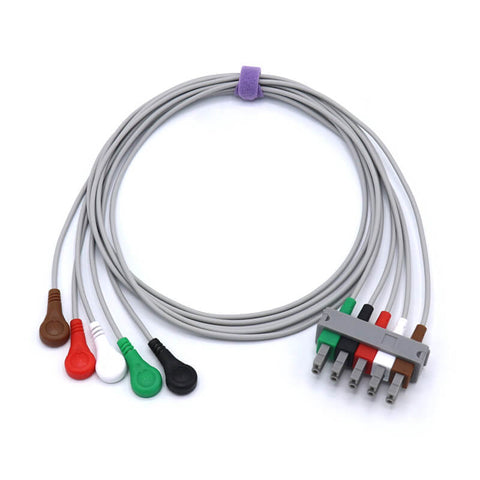Can Stress Cause Low Oxygen Levels?
The Link Between Stress and Oxygen Levels
Yes, stress can indirectly lower blood oxygen levels. When you experience stress or anxiety, your body activates the fight-or-flight response, releasing stress hormones like adrenaline and cortisol. This response can lead to rapid, shallow breathing (hyperventilation) and blood vessel constriction, both of which can reduce the efficiency of oxygen exchange in your lungs.
While short-term stress is unlikely to cause dangerously low oxygen, chronic or severe stress may negatively affect respiratory function, oxygen transport, and even exacerbate pre-existing lung conditions such as asthma or COPD.
How Stress Affects Oxygen Levels
1. Hyperventilation (Rapid, Shallow Breathing)
During stress or anxiety, your breathing rate increases as your body prepares for action. However, this fast, shallow breathing pattern limits how deeply oxygen reaches your lungs. As a result, oxygen saturation in the blood can drop, and carbon dioxide levels may become imbalanced, leading to feelings of lightheadedness or shortness of breath.
2. Blood Vessel Constriction
Stress can cause your blood vessels to narrow (vasoconstriction), including those in your lungs. This restricts oxygen flow and reduces your body’s ability to absorb oxygen efficiently, further contributing to lower oxygen levels.
Common Symptoms of Stress-Induced Low Oxygen
-
Shortness of breath or tightness in the chest
-
Dizziness or lightheadedness
-
Rapid heartbeat or palpitations
-
Fatigue and lack of focus
-
Worsening of respiratory conditions such as asthma or bronchitis
These symptoms often appear during periods of high stress or anxiety but may improve once your breathing normalizes.
How to Improve Oxygen Levels and Reduce Stress
1. Practice Deep Breathing Exercises
Controlled breathing techniques—such as diaphragmatic breathing or box breathing—help slow down your respiratory rate and increase oxygen intake. Deep breathing can also activate the body’s relaxation response, lowering heart rate and blood pressure.
2. Manage Stress Effectively
Incorporate stress management habits like mindfulness meditation, yoga, or regular physical activity. These activities regulate your nervous system and help prevent hyperventilation episodes.
3. Create a Relaxing Environment
Spending time outdoors, improving indoor air quality, and maintaining good posture can enhance oxygen flow and promote calm breathing patterns.
4. Consult a Healthcare Professional
If you often experience shortness of breath, chest tightness, or fatigue during stressful situations, consult your doctor. Persistent low oxygen may signal underlying issues such as anemia, asthma, or anxiety disorders that require medical evaluation.
Key Takeaway
Stress itself doesn’t directly reduce oxygen levels, but the physiological changes it triggers—like rapid breathing and vessel constriction—can cause temporary dips in oxygen saturation. By learning to control your breathing and manage stress, you can keep your oxygen levels stable and support overall respiratory and cardiovascular health.


















